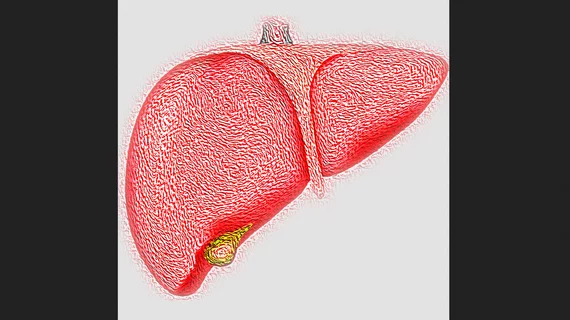Enhanced ultrasound bests CT, MR for diagnosing some liver cancers
Contrast-enhanced ultrasound (CEUS) helps physicians accurately diagnose some forms of liver cancer more safely and less expensively than computed tomography (CT) and magnetic resonance (MR), according to a report published earlier this month in Hepatoma Research.
CEUS shows “comparable performance with CT and MR for liver mass characterization and prediction of malignancy,” lead author Stephanie Wilson, M.D., head of the Department of Radiology at the University of Calgary, et al., said in the report.
The authors noted that a multicenter trial with 1,349 patients showed no statistically significant difference between CEUS and spiral CT in liver tumor differentiation (benign or malignant) and tumor specification.
Wilson and colleagues also cited a meta-analysis of 21 studies in which CEUS showed a sensitivity of 88% and a specificity of 81%, with a diagnostic odds ratio of 38.62. All diagnostic parameters were similar, and there was no statistical difference from contrast-enhanced CT (CECT) or contrast-enhanced MRI (CEMRI).
Additionally, “although of secondary importance to characterization,” CEUS is demonstrated to have “equivalent, and in some cases superior, performance to CECT and CEMR scan” in detecting metastatic disease, the authors wrote.
In a follow-up statement, Wilson described the “unique benefits” of CEUS, among them its real-time results and superior temporal resolution compared to other imaging modalities.
“CEUS provides for the determination of malignancy and allows excellent differential diagnosis of a focal liver mass,” the authors concluded. “CEUS regularly resolves an indeterminate result on CT/MRI and is exceptional as a problem-solving tool in liver imaging. CEUS has many similarities to contrast-enhanced CT/MRI, but also unique and valuable differences, most showing the additional benefit of inclusion in CEUS with CT and MRI for liver imaging.”
